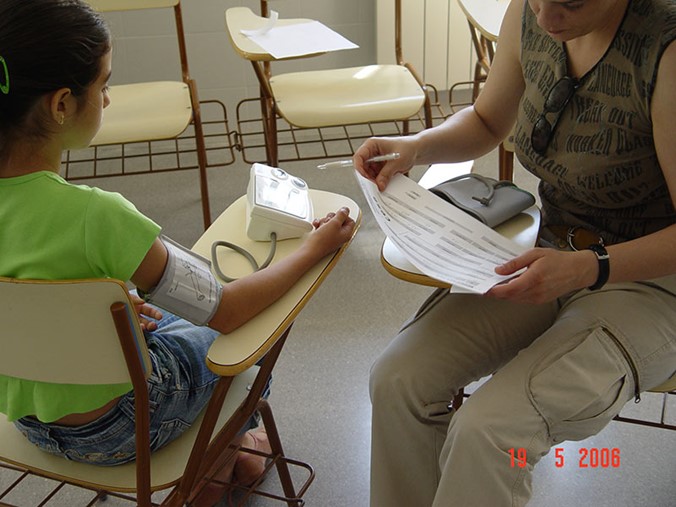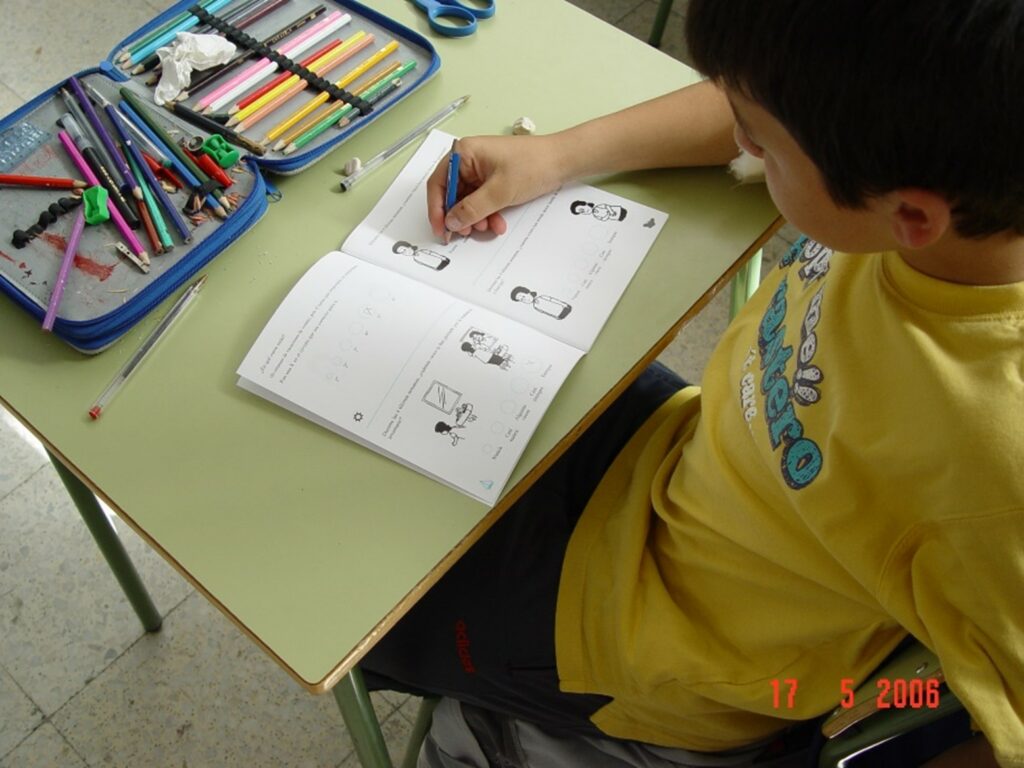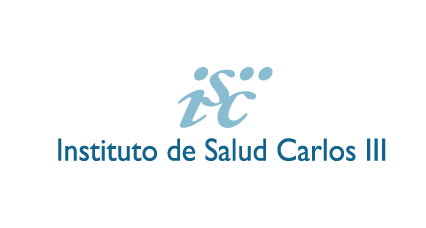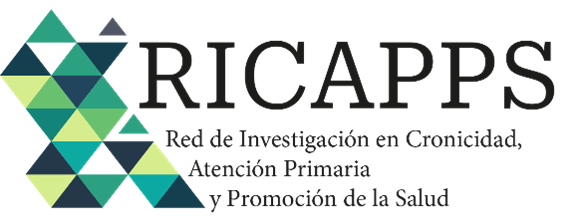
Movi 2
abstract
This study aimed to evaluate the impact of the Movi 2 program of non-competitive recreational physical activity on adiposity and cardiometabolic risk factors in schoolchildren.
This study aimed to evaluate the impact of the Movi 2 program of non-competitive recreational physical activity on adiposity and cardiometabolic risk factors in schoolchildren.
A randomized clinical trial was conducted with 712 schoolchildren aged 8 to 10 years from 20 public schools (10 assigned to the control group and 10 to the intervention group) in the province of Cuenca, Spain. The Movi 2 intervention consisted of engaging in non-competitive recreational activities based on games, with two 90-minute sessions on weekdays and one 150-minute session on Saturday mornings, from September 2010 to May 2011. In addition to increasing the volume of the intervention, more time was dedicated to strength development compared to Movi 1. Changes following the program were measured in adiposity (prevalence of overweight/obesity, body mass index (BMI), triceps skinfold thickness, body fat percentage, fat-free mass, waist circumference) and other cardiometabolic risk factors (LDL cholesterol, triglyceride/HDL cholesterol ratio, insulin, C-reactive protein, and blood pressure).


Girls in the intervention group showed a significant reduction in adiposity, with decreases in triceps skinfold thickness, body fat percentage, and waist circumference, as well as an increase in fat-free mass. Additionally, lower levels of LDL cholesterol and insulin were observed in the participants. In boys, the intervention was associated with a reduction in waist circumference and an increase in fat-free mass. The prevalence of overweight/obesity, BMI, and other risk factors did not show changes.

In conclusion, MOVI-2 proved to be a safe and effective intervention for reducing adiposity in both genders and improving the cardiometabolic risk profile in girls.
In conclusion, MOVI-2 proved to be a safe and effective intervention for reducing adiposity in both genders and improving the cardiometabolic risk profile in girls.
Participating Schools
CEIP San Gil Abad (Motilla del Palancar)
CEIP José Montalvo (Horcajo de Santiago)
CEIP Virgen de Manjavacas (Mota del Cuervo)
CEIP Rafael López de Haro (San Clemente)
CRA Elena Fortún (Arcas)
CEIP Luis de Mateo (Casasimarro)
CRA Ojos de Moya (Landete)
CEIP Hermanos Amorós Fernández (Las Mesas)
CEIP Santa Teresa (Cuenca)
CEIP Valdemembra (Quintanar del Rey)
CEIP María Jover (Iniesta)
CEIP Fray Luis de León (Belmonte)
CEIP Gloria Fuertes (Tarancón)
CEIP Belmonte (Belmonte)
CRA Los Girasoles (Honrubia)
CEIP Princesa Sofía (Minglanilla)
CEIP Infanta Cristina (El Provencio)
CEIP Gúzquez (Villamayor de Santiago)
CEIP Hermenegildo Moreno (Villanueva de la Jara)
Funding



Funding



Status
Finished ✔
Articles
Díez-Fernández A, Sánchez-López M, Gulías-González R, Notario-Pacheco B, Cañete García-Prieto J, Arias-Palencia N, Martínez-Vizcaíno V. BMI as a mediator of the relationship between muscular fitness and cardiometabolic risk in children: a mediation analysis. PLoS One. 2015;15;10(1):e0116506.
Martínez-Vizcaíno V, Solera-Martínez M, Cavero-Redondo I, García-Prieto JC, Arias-Palencia N, Notario-Pacheco B, Martínez-Andrés M, Mota J, Sánchez-López M; Cuenca Study Group. Association between parental socioeconomic status with underweight and obesity in children from two Spanish birth cohorts: a changing relationship. BMC Public Health. 2015;22;15:1276.
Lahoz-García N, García-Hermoso A, Sánchez-López M, Cañete García-Prieto J, Milla-Tobarra M, Martínez-Vizcaíno V. Associations between energy and fat intakes with adiposity in schoolchildren – The Cuenca study. Nutr Hosp. 2015;1;32(4):1500-9.
Sánchez-López M, Martínez-Vizcaíno V, García-Hermoso A, Jiménez-Pavón D, Ortega FB. Construct validity and test-retest reliability of the International Fitness Scale (IFIS) in Spanish children aged 9-12 years. Scand J Med Sci Sports. 2015;25(4):543-51.
doi: 10.1111/sms.12267
Torres-Costoso A, Gracia-Marco L, Sánchez-López M, Notario-Pacheco B, Arias-Palencia N, Martínez-Vizcaíno V. Physical activity and bone health in schoolchildren: the mediating role of fitness and body fat. PLoS One. 2015;27;10(4):e0123797.
Gutiérrez-Zornoza M, Sánchez-López M, García-Hermoso A, González-García A, Chillón P, Martínez-Vizcaíno V. Active commuting to school, weight status, and cardiometabolic risk in children from rural areas: the Cuenca study. Health Educ Behav. 2015;42(2):231-9.
Milla Tobarra M, Martínez-Vizcaíno V, Lahoz García N, García-Prieto JC, Arias-Palencia NM, Garcia-Hermoso A. The relationship between beverage intake and weight status in children: the Cuenca study. Nutr Hosp. 2014;1;30(4):818-24
Gutiérrez-Zornoza M, Rodríguez-Martín B, Martínez-Andrés M, García López Ú, Sánchez-López M. Percepción del entorno para la práctica de actividad física en escolares de la provincia de Cuenca, España. Gac Sanit. 2014;28(1):34-40.
Martínez-Vizcaíno V, Sánchez-López M, Notario-Pacheco B, Salcedo-Aguilar F, Solera-Martínez M, Franquelo-Morales P, López-Martínez S, García-Prieto JC, Arias-Palencia N, Torrijos-Niño C, Mora-Rodríguez R, Rodríguez-Artalejo F. Gender differences on effectiveness of a school-based physical activity intervention for reducing cardiometabolic risk: a cluster randomized trial. Int J Behav Nutr Phys Act. 2014; 10;11:154.
Torrijos-Niño C, Martínez-Vizcaíno V, Pardo-Guijarro MJ, García-Prieto JC, Arias-Palencia NM, Sánchez-López M. Physical fitness, obesity, and academic achievement in schoolchildren. J Pediatr. 2014;165(1):104-9.
Díez-Fernández A, Sánchez-López M, Mora-Rodríguez R, Notario-Pacheco B, Torrijos-Niño C, Martínez-Vizcaíno V. Obesity as a mediator of the influence of cardiorespiratory fitness on cardiometabolic risk: a mediation analysis. Diabetes Care. 2014;37(3):855-62.
doi: 10.2337/dc13-0416
Pardo-Guijarro MJ, Woll B, Moya-Martínez P, Martínez-Andrés M, Cortés-Ramírez EE, Martínez-Vizcaíno V. Validity and reliability of the Spanish sign language version of the KIDSCREEN-27 health-related quality of life questionnaire for use in deaf children and adolescents. Gac Sanit. 2013;27(4):318-24.
Morales PF, Sánchez-López M, Moya-Martínez P, García-Prieto JC, Martínez-Andrés M, García NL, Martínez-Vizcaíno V. Health-related quality of life, obesity, and fitness in schoolchildren: the Cuenca study. Qual Life Res. 2013;22(7):1515-23.
Martínez-Vizcaíno V, Sánchez-López M, Salcedo-Aguilar F, Notario-Pacheco B, Solera-Martínez M, Moya-Martínez P, Franquelo-Morales P, López-Martínez S, Rodríguez-Artalejo F; MOVI-2 group. Protocol of a randomized cluster trial to assess the effectiveness of the MOVI-2 program on overweight prevention in schoolchildren. Rev Esp Cardiol (Engl Ed). 2012;65(5):427-33.
Martínez-Vizcaíno V, Solera Martínez M, Notario Pacheco B, Sánchez López M, García-Prieto JC, Torrijos Niño C, Arias Palencia N, Salcedo Aguilar F, Rodríguez-Artalejo F. Trends in excess of weight, underweight and adiposity among Spanish children from 2004 to 2010: the Cuenca Study. Public Health Nutr. 2012;15(12):2170-4.
Martínez-Andrés M, García-López U, Gutiérrez-Zornoza M, Rodríguez-Martín B, Pardo-Guijarro MJ, Sánchez-López M, Cortés-Ramírez E, Martínez-Vizcaíno V. Barriers, facilitators and preferences for the physical activity of school children. Rationale and methods of a mixed study. BMC Public Health. 2012;14;12:785.
Resources
Discover the Caloric Expenditure and Intensity of the Games in the MOVI Program

